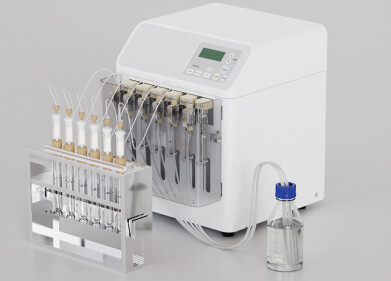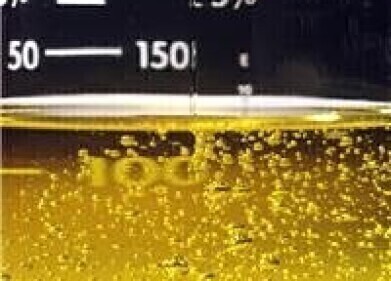Solid phase extraction (SPE)
Introducing Schönbein & Goppelsröder - A Closer Look at the History of Chromatography
Jul 27 2015
The first use of what we would now call chromatography is credited to the Russian-born botanist Mikhail Tsvet. Tsvet devised the technique of column chromatography we use today when he used a column to separate plant pigments in the early twentieth century. You can read more about Mikhail Tsvet in this article on the Chromatography Today site, Who is Mikhail Tsvet?
But who came before Mikhail Tsvet? Let’s take a closer look at two of the scientists who helped to develop chromatography — Schönbein and Goppelsröder. Who were they and what did they do?
A brief biography
Christian Friedrich Schönbein was born in Germany in 1799. As a teenager, he worked in a chemical factory before going to study chemistry eventually settling at the University of Basel in Switzerland. Starting as a teacher of physics and chemistry there in 1828, he became a full professor in 1835 and remained there until his death in 1868. He produced over 360 papers in his lifetime and is credited with the discovery and naming of ozone in papers published in 1840.
Friedrich Goppelsröder was a German-Swiss chemist who was born in 1837. He was a pupil of Schönbein at the University of Basel before gaining his doctorate in 1858 in Berlin. After returning to Basel he again worked with Schönbein — on a new process capillary analysis — and published over 80 papers related to capillary analysis until his death in 1919.
Capillary analysis
In 1861, Schönbein and Goppelsröder recognised that when an aqueous dye solution was dripped onto filter paper and allowed to diffuse, the water molecules moved faster than the dissolved components — and that these moved at different speeds to each other. They realised that this would allow the components of the solutions to be analysed. This process was eventually given the name capillary analysis.
The principle behind capillary analysis is that different substances were absorbed onto the filter paper directly from the solutions they were originally dissolved in. This is different from the paper chromatography that we do today — in which a developing solvent is used to carry the substances being separated after they have been spotted on the paper.
Goppelsröder it seems, mistakenly believed that capillary analysis was based on adsorption — the foundation of chromatography, a point Tsvet — who was aware of Schönbein and Goppelsröder’s work — pointed out. Other chemists commented that Goppelsröder had not identified the mechanism of his process and confused adsorption, surface tension, diffusion and other effects.
But although they may have got some of the details wrong — capillary analysis was used successfully until the 1950s in the pharmaceutical industry and can rightly be considered a precursor of modern paper chromatography techniques.
Events
Apr 22 2025 Kintex, South Korea
Analytica Anacon India & IndiaLabExpo
Apr 23 2025 Mumbai, India
Apr 27 2025 Portland, OR, USA
May 11 2025 Vienna, Austria
May 18 2025 Tempe. AZ, USA














